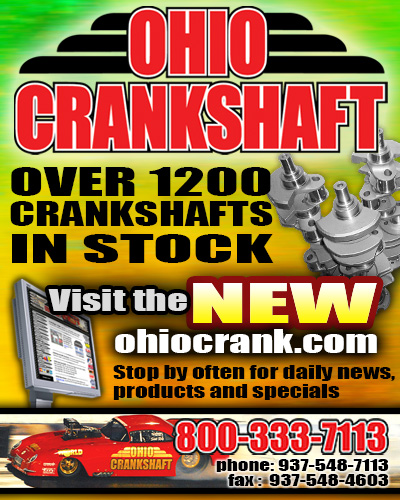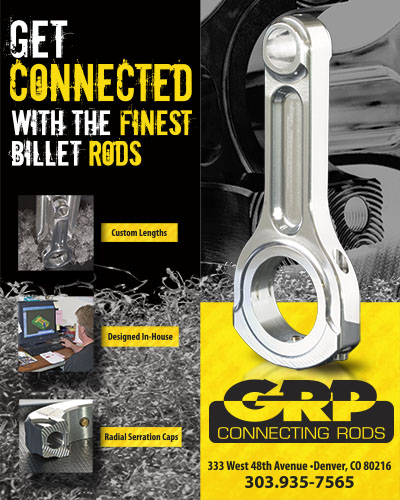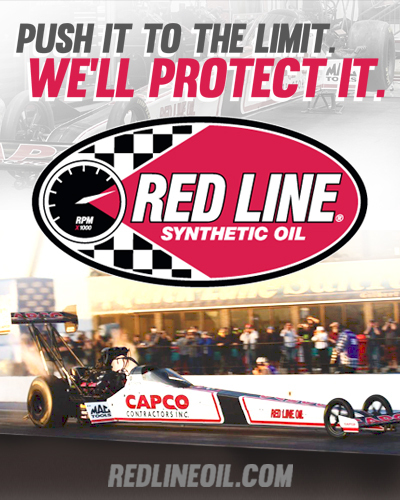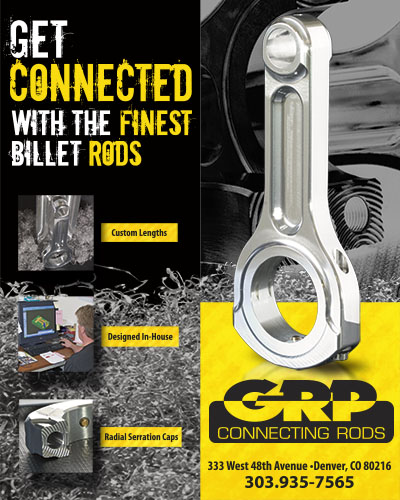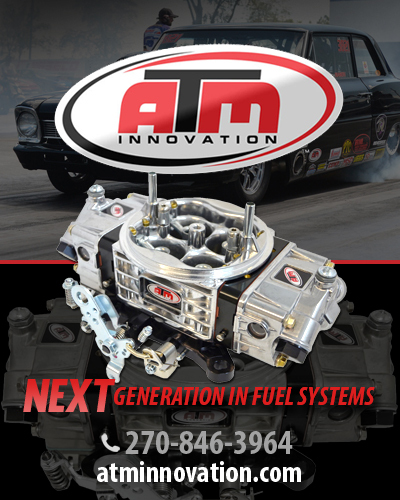MICHAEL KNIGHT: CHANGE CAN BE GOOD
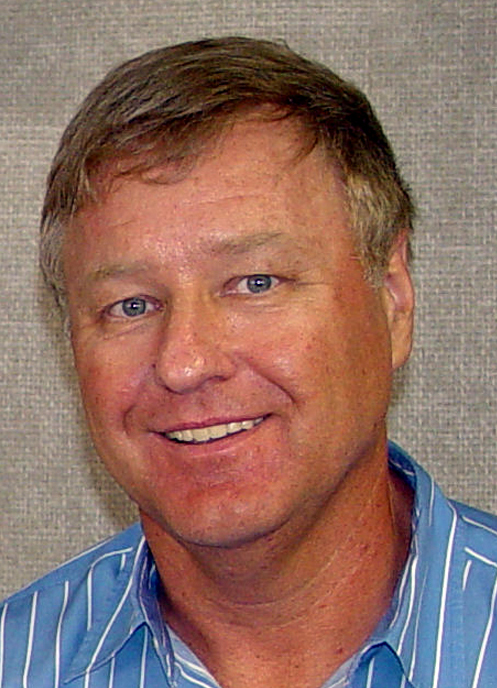
I was talking to one of my Business of Racing sources who is connected to Wall St. the way Don Schumacher is the drag strip. As it was mid-May, and this fellow has family ties to Indiana, some Indianapolis 500 discussion was as natural as guys wanting to have their picture taken with Courtney Force.
My briefcase-carrying contact had briefly met Mark Miles, who is not only the new CEO of the Indianapolis Motor Speedway and Izod IndyCar series, but all of the business enterprises owned by the Hulman-George family. Miles is the fourth different series leader in as many years, and that management instability is one reason the Speedway and the series face so many challenges to regain lost media coverage, TV audience, ticket buyers and corporate support.
“Stable leadership is essential in business,” my friend said. “Uncertainty makes people nervous, unsure, very cautious. Especially when they are considering a seven or eight figure sponsorship. It makes them tend to back away.”

I was talking to one of my Business of Racing sources who is connected to Wall St. the way Don Schumacher is the drag strip. As it was mid-May, and this fellow has family ties to Indiana, some Indianapolis 500 discussion was as natural as guys wanting to have their picture taken with Courtney Force.
My briefcase-carrying contact had briefly met Mark Miles, who is not only the new CEO of the Indianapolis Motor Speedway and Izod IndyCar series, but all of the business enterprises owned by the Hulman-George family. Miles is the fourth different series leader in as many years, and that management instability is one reason the Speedway and the series face so many challenges to regain lost media coverage, TV audience, ticket buyers and corporate support.
“Stable leadership is essential in business,” my friend said. “Uncertainty makes people nervous, unsure, very cautious. Especially when they are considering a seven or eight figure sponsorship. It makes them tend to back away.”
That’s certainly one problem NHRA hasn’t had.
A quick review of the sanction’s media guide confirmed that fact. Board of Directors Chairman Dallas Gardner came to NHRA in 1973. Tom Compton joined the organization in 1993 and has been president for 14 years. Peter Clifford, executive vice president and general manager, signed-on in 1997. Graham Light, senior VP-racing operations, came aboard in 1984. Gary Darcy, senior VP-sales and marketing, dates his employment to 1998. Glen Cromwell, VP-national event marketing, goes back to 1997. Jerry Archambeault, VP-public relations and communications, stamped his meal ticket in 1999. Adriane Ridder, VP-Publications, was hired in 1992. Linda Louie, VP-General Counsel, started cashing NHRA checks in 1999.
I understand it’s a contradiction, but I can’t help but wonder if all this uber status quo in the Glendora, Calif. headquarters isn’t working against the company.
Is the internal atmosphere too chummy? Does long-term personal familiarity result in an echo chamber where one opinion is too quickly rubber-stamped by others? Has this stifled new ideas? Shielded executives from the sometimes harsh truths of the outside world? Caused well-intentioned constructive criticism to seem like incoming enemy fire? Made all involved too comfortable breathing the stale air of complacency?
At the very least, the potential is there for all of the above.
In July 2011, I wrote a column here about how one NHRA track pretty much looks like another. I said I’d like to see sharp visual distinction, like Fenway Park vs. Wrigley Field. I suggested Compton form a Committee on Creativity.
We’re still waiting for that. (Surprise!) However, I’d say now the time has arrived for an infusion of new blood within the NHRA hierarchy, and a useful way to begin would be with the appointment of a VP of Innovation. A professional from outside the Glendora orbit, handed a wide portfolio of influence over all non-competition business segments.
Ponder this question: Just how many innovations has NHRA been directly responsible for in recent times? Four-wide? That was Bruton Smith’s baby. Mello Yello? Changing the series entitlement ID was Coca-Cola’s call. Live TV? A gambit to increase ratings hatched in consultation with ESPN, the future of which is unclear. Going to Epping? NHRA shares credit for its return to New England.
I got to thinking about that after spending 45 minutes with Miles in his IMS office the Friday before the Indy 500. Miles is the former head of the ATP men’s international tennis tour and chairman of Indy’s Pan-Am Games and Super Bowl host committees. His track record is that of a successful, experienced and disciplined executive, recruited by the non Hulman-George family Board members to pull reverse gear on Indy’s flagging popularity five years after the end of American open-wheel racing’s disastrous 12-year split.
Miles is new to motorsports. I asked him about how he might work around Indy’s sacred traditions to address the needs of the modern marketplace.
“I think about Wimbledon,” Miles said. “It just exudes tradition. But if you actually know Wimbledon -- I had this privileged seat to see it develop over 20 years. The alchemy to them is the traditional outfacing brand with passionate insistence on being cutting-edge. So you have to see what they've done with their facilities over time. How they've adapted to the changing media landscape.
“Especially for the Speedway, more so than IndyCar where tradition is much less the brand, we've got to understand our tradition and history will be our brand, but we have to figure out what's inviolate about that and then feel perfectly free to innovate around that.”
He’s building a new management team. Already on-board as president of competition is Derrick Walker, the vastly experienced team manager/owner. As I write this, a similar hire for the commercial side of things is pending.
“My view is we've got to do 200 things really well and I don't see why we can't do what we have to to make ourselves a high performing organization able to execute on strategy,” said Miles. “My focus is entirely on that and putting the optimum team together. I have zero desire to have a public profile in any particular life. I'll do what I have to if it's helpful to our business, the series and the sport.
“People apparently need to feel this sense that there's the one person that they can look to. If that's the case, they can look to me. I'm sure Derrick (and) the person on the commercial side will be close-knit. There will be no sense that there's one superhero in the organization.”
It just might be worthwhile for Compton & Co. -- and the drag racing industry -- to keep an eye on what Mark Miles does.
Sometimes, change is good. As in good for business.
Follow Michael Knight on Twitter: @SpinDoctor500























